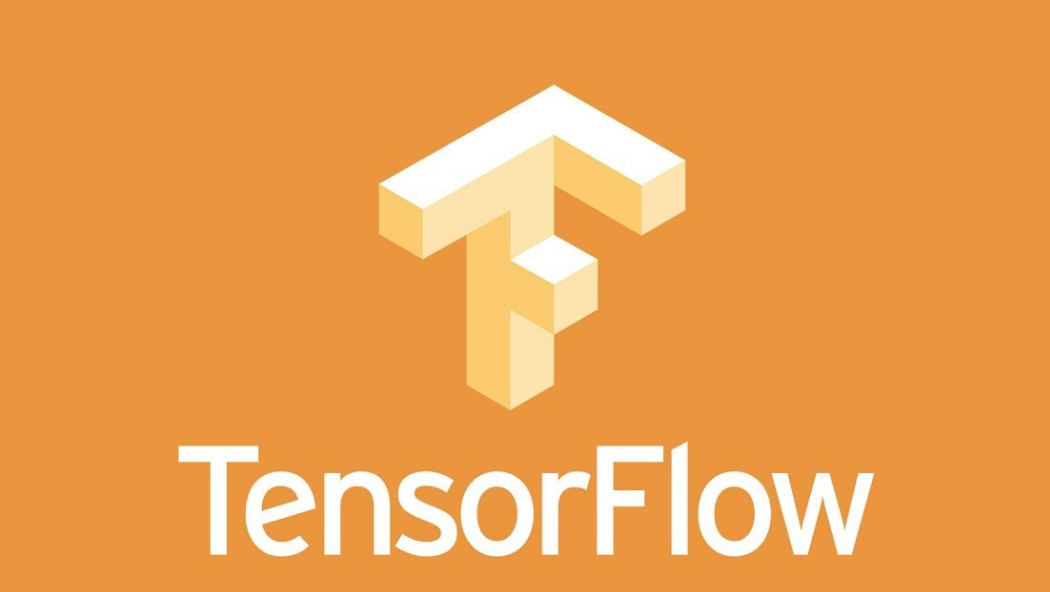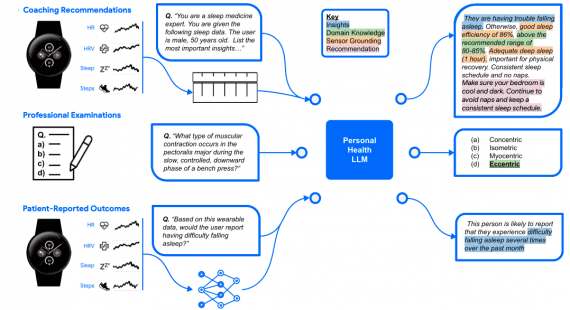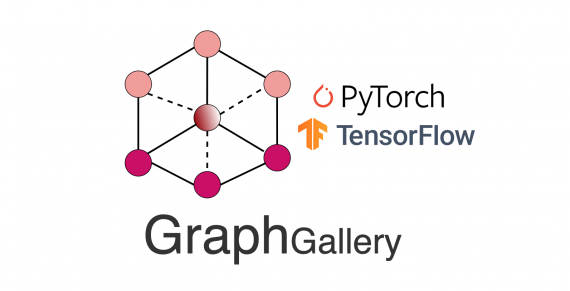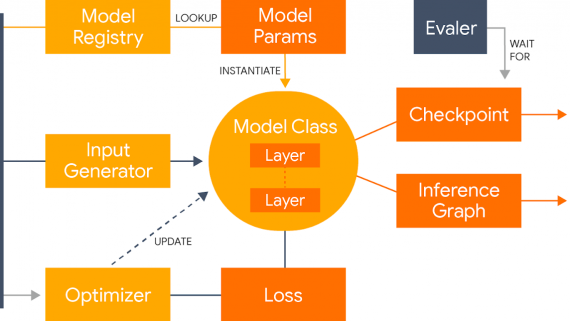
Google has released details of the new version of the most popular machine learning library, TensorFlow 2.0. In their blog post, the TensorFlow team at Google gave a sneak peek into the latest version of the platform.
TensorFlow has been around for about 3 years now, and it has become the most popular and widely-used machine learning platform. Its users include researchers, developers, SMEs, and even large corporations.
Over the years, Tensorflow has been maturing and growing in several directions. Starting from improvements like GPU support, then Distributed TensorFlow, high-level APIs, Keras Integration, all the way to Cloud Big Table Integration.
Now, according to the sneak peek, the newest version 2.0 TensorFlow will bring many more. Most of the focus in the new version will be on easy model building and robust deployment of Tensorflow models.
Easy Model Building with Keras
The first significant thing in the new release is Keras becoming the central, high-level API for model building. As Keras provides several model-building APIs (Sequential, Functional, and Subclassing), developers can choose the right level of abstraction for their project.
Robust Deployment
TensorFlow 2.0 has improved compatibility to make it easier to take machine learning models straight to production. Developers will be able to execute their models via TensorFlow Serving, TensorFlow Lite, or TensorFlow.js. Thanks to TensorFlow’s broad community, developers can use languages like C, Go, C#, Rust, and others.
More Powerful Exploration
Third, also very important – TensorFlow 2.0 also includes new APIs like Keras Functional API and Model Subclassing to help and provide more powerful exploration for research. These API’s can help building and training models “without sacrificing speed or performance.”
TensorFlow 2.0 is expected to be available as a public preview early this year according to Google. The new version will transform TensorFlow into a vast machine learning ecosystem, that once used to be a software library. More about what’s coming in Tensorflow 2.0 can be read on the official TensorFlow blog.





